Meteorites
A meteorite is a solid object from space that has survived its passage through the Earth’s atmosphere and landed on the surface of our planet. As it travels through the atmosphere at speeds between 11 and 72 km/s, it is accompanied by a bright light phenomenon known as a shooting star or scientifically a bolide. The intense heat generated by friction causes the melting of the surface and the formation of a characteristic fusion crust.
Origin of Meteorites
Most meteorites come from asteroids orbiting between Mars and Jupiter. A smaller portion originates from the Moon or Mars and reached Earth after major impact events. Meteorites are therefore a valuable source of information about the early history of the Solar System, its composition and the evolution of planetary bodies.
Types of Meteorites
Meteorites are divided into three main groups according to their composition and structure:
#ShowMore#
1. Stony Meteorites (Chondrites and Achondrites)
The most common group of meteorites. Chondrites contain spherical structures called chondrules, composed of minerals such as olivine, pyroxene and plagioclase. They represent the oldest known material formed during the creation of the Solar System. Achondrites lack chondrules and originate from bodies that have undergone melting and differentiation.
2. Stony-Iron Meteorites
These combine a metallic component (iron-nickel) with silicate minerals. The best-known examples are pallasites, which feature translucent olivine crystals embedded in a metallic matrix. They are among the most visually striking meteorites.
3. Iron Meteorites (Siderites)
Composed mainly of an iron-nickel alloy, they represent remnants of the cores of ancient asteroids. When etched, they display the characteristic Widmanstätten patterns – crystalline structures formed by the slow cooling of the metallic core in space.
Appearance and Identification
Meteorites often have a dark fusion crust and are significantly heavier than common rocks. Unlike terrestrial stones, they typically lack bubbles and react to a magnet. Confusion can occur with slag or industrial iron residues, which lack the distinctive fusion crust or internal metallic structure.
Interesting Facts
Meteorites are a natural archive of cosmic history. They help scientists understand the formation and evolution of planets and are highly valued both in science and among collectors. Each meteorite is a unique witness to the history of our Solar System. The largest impacts in the past may have influenced Earth’s climate and the evolution of life. Thanks to modern analysis, we can determine not only their chemical composition but often also the original body from which they came.

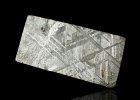
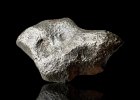

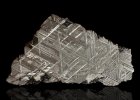
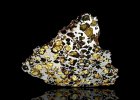
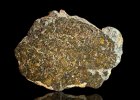













.png?67eda4a9)







